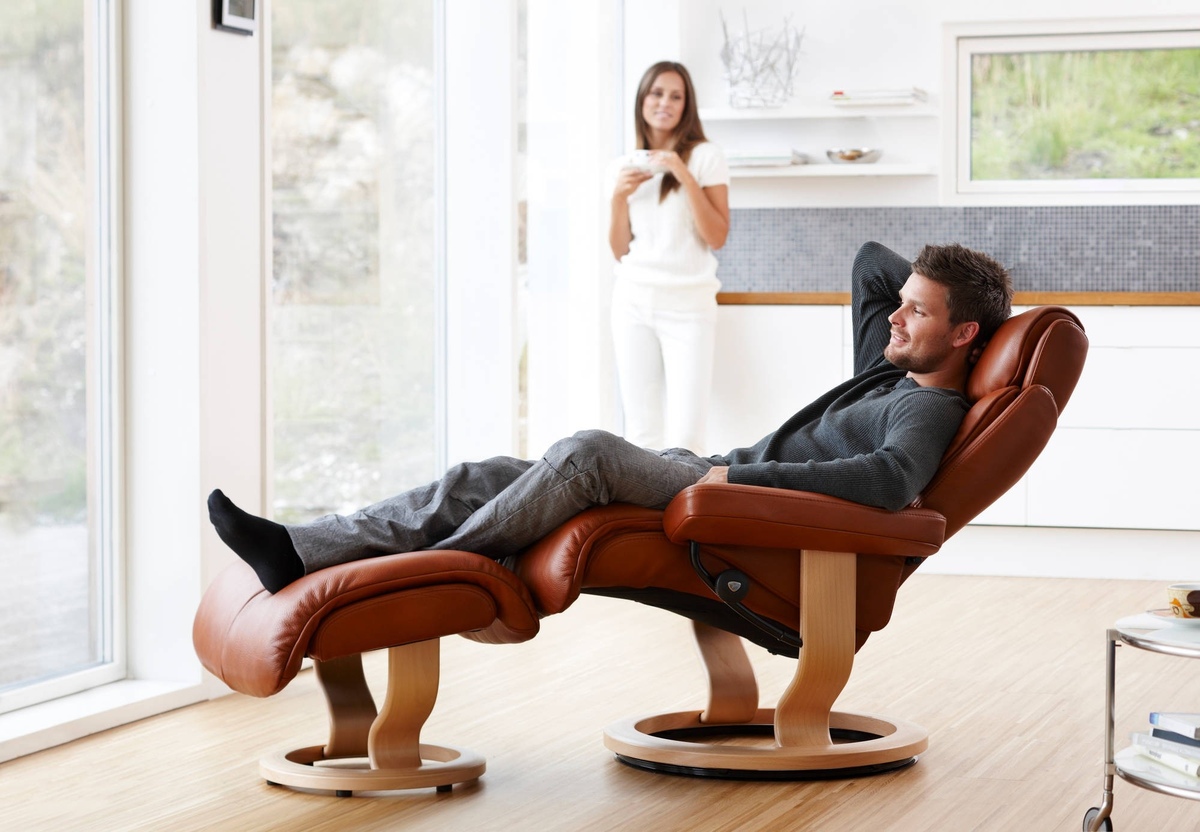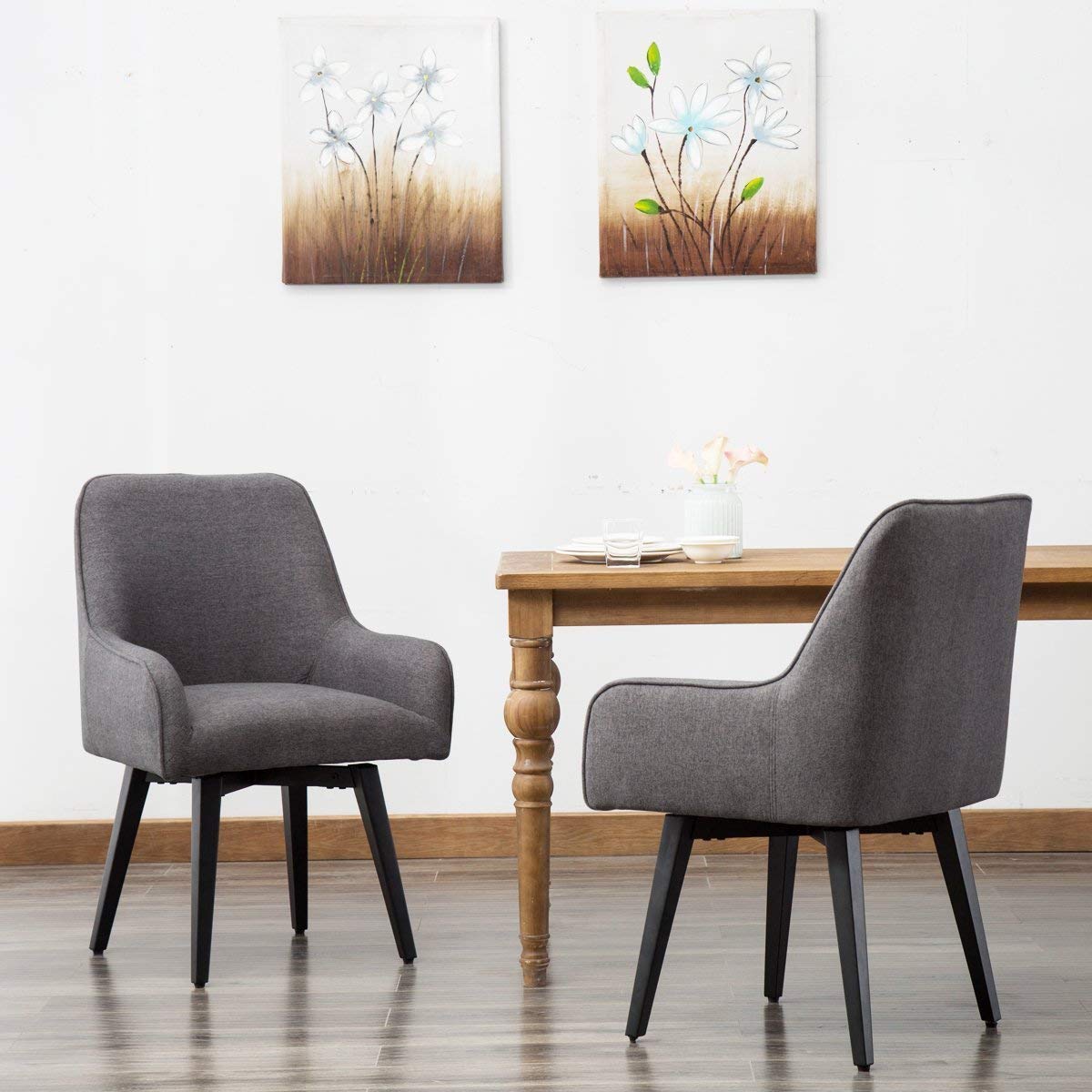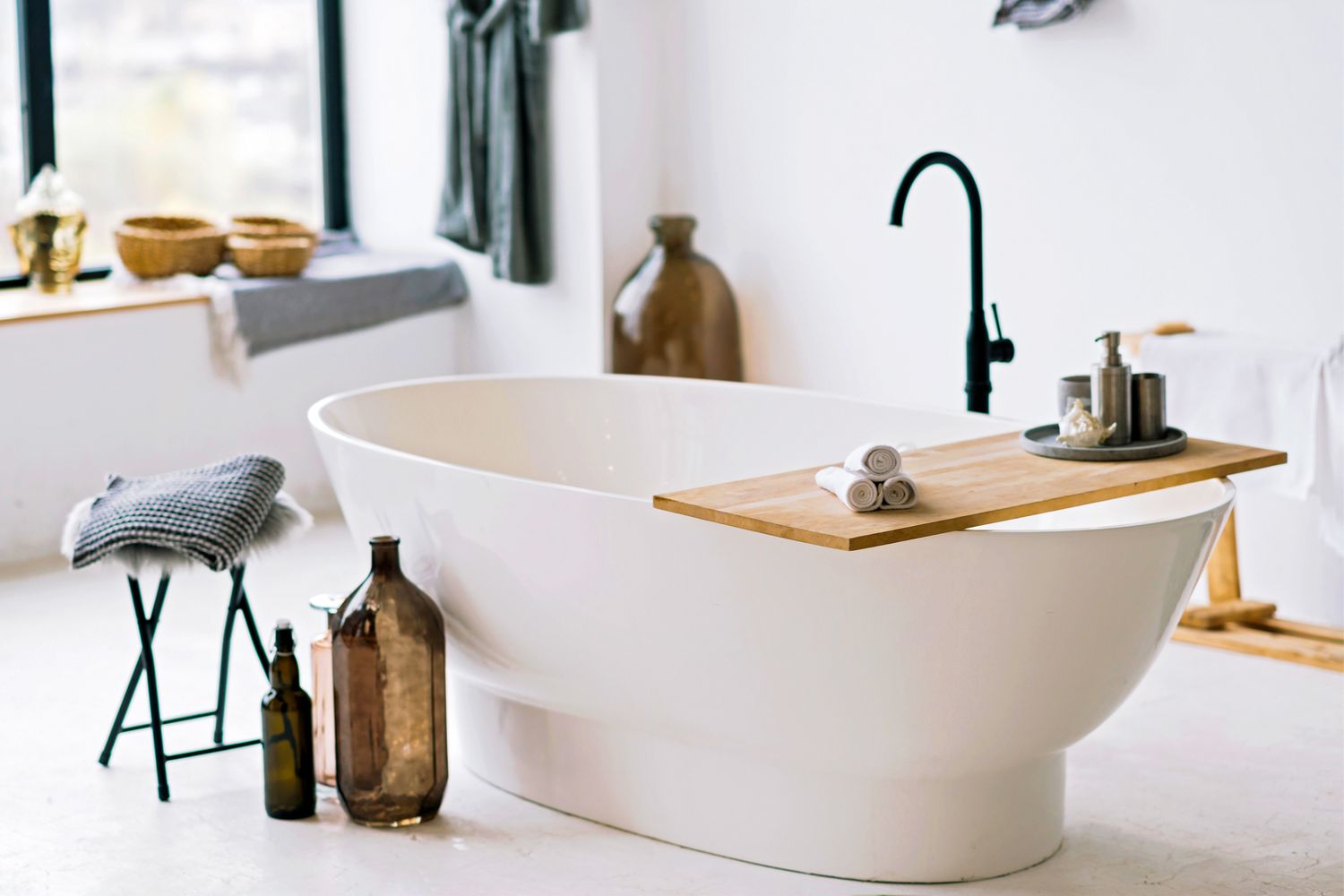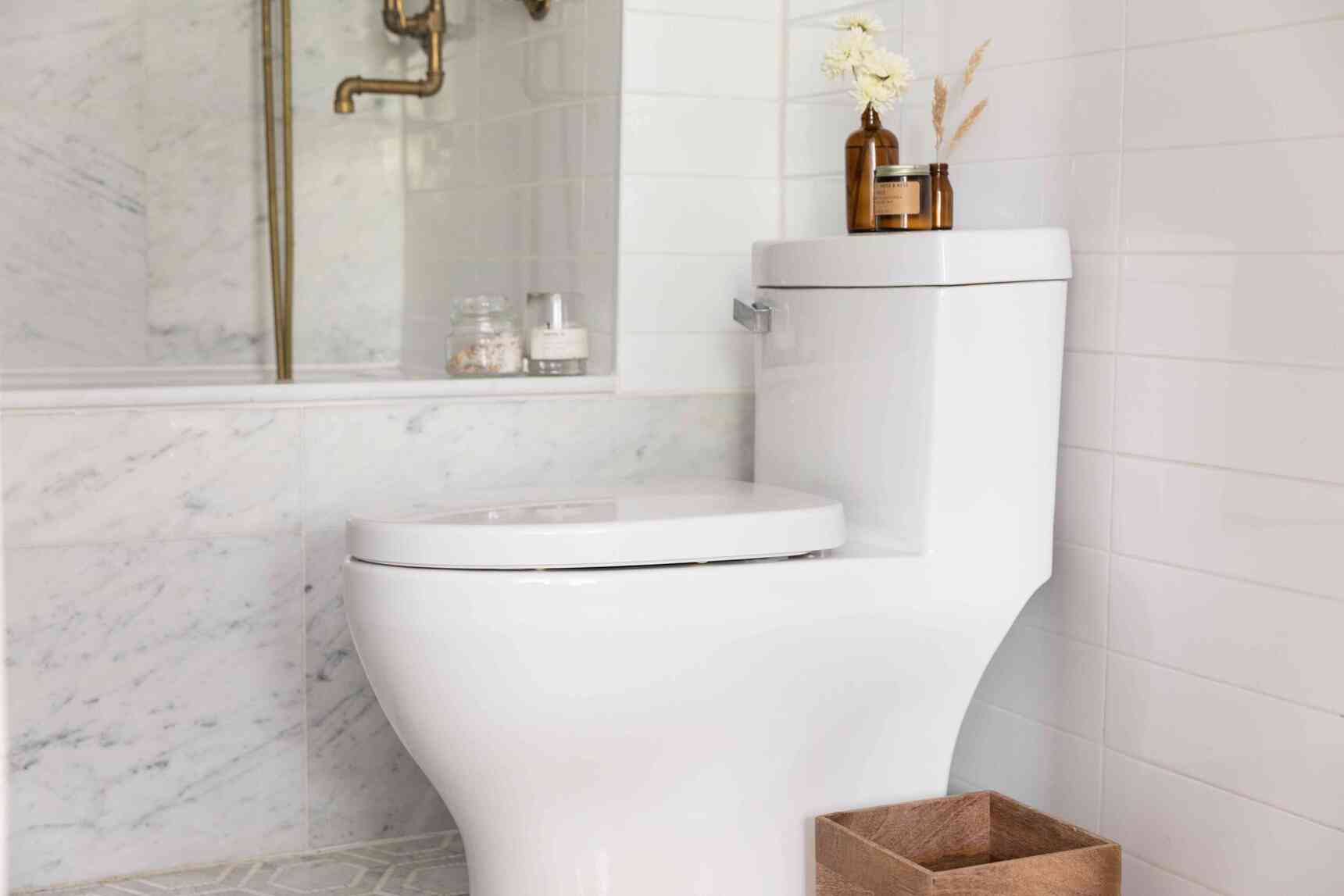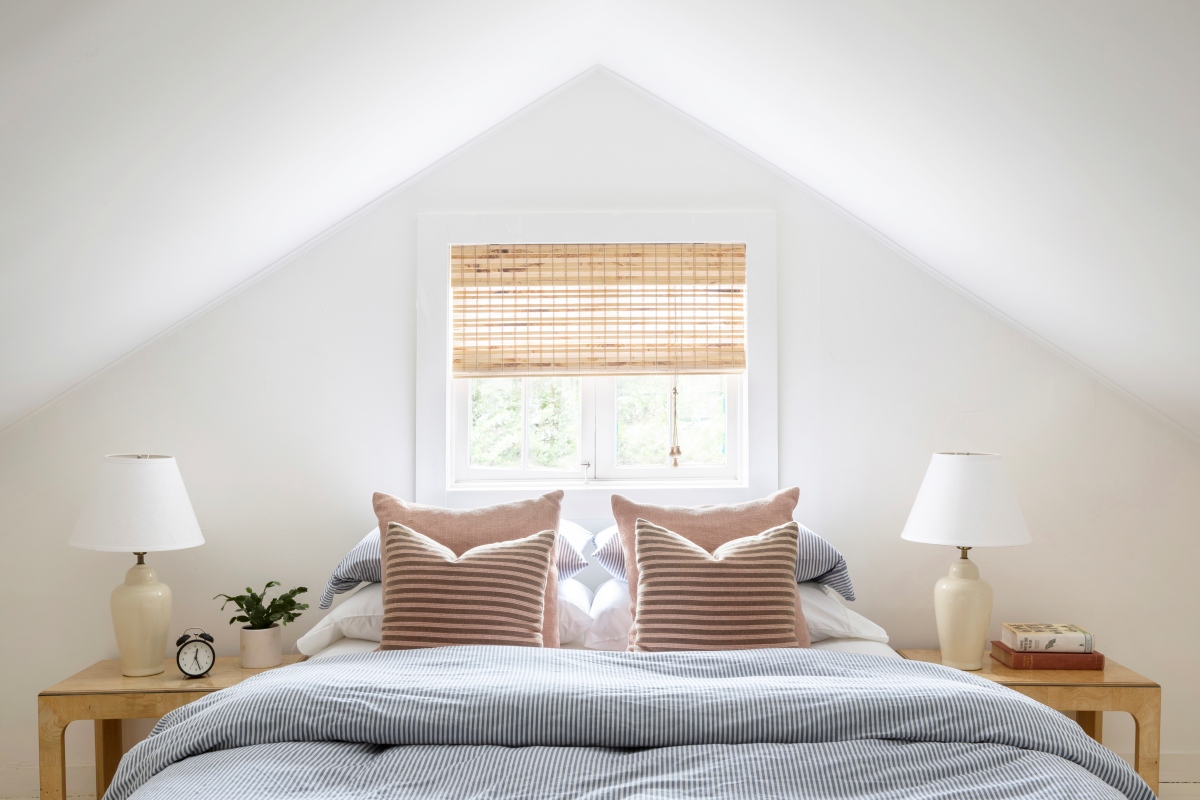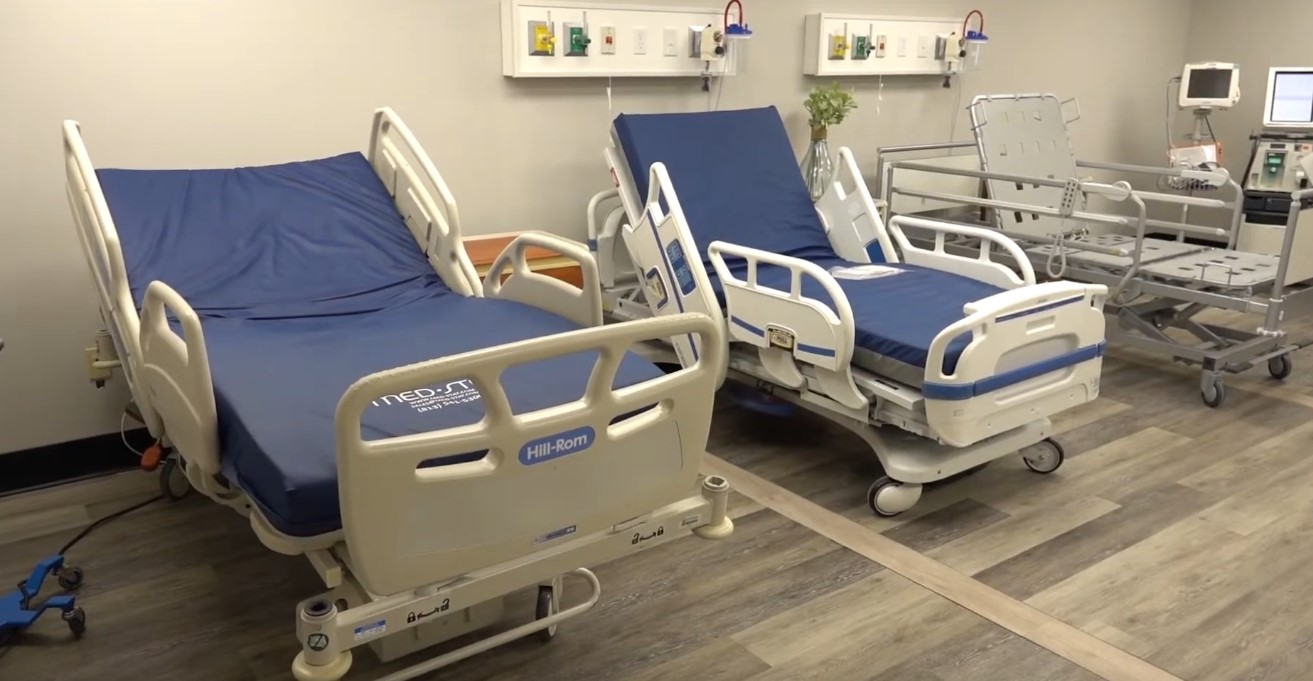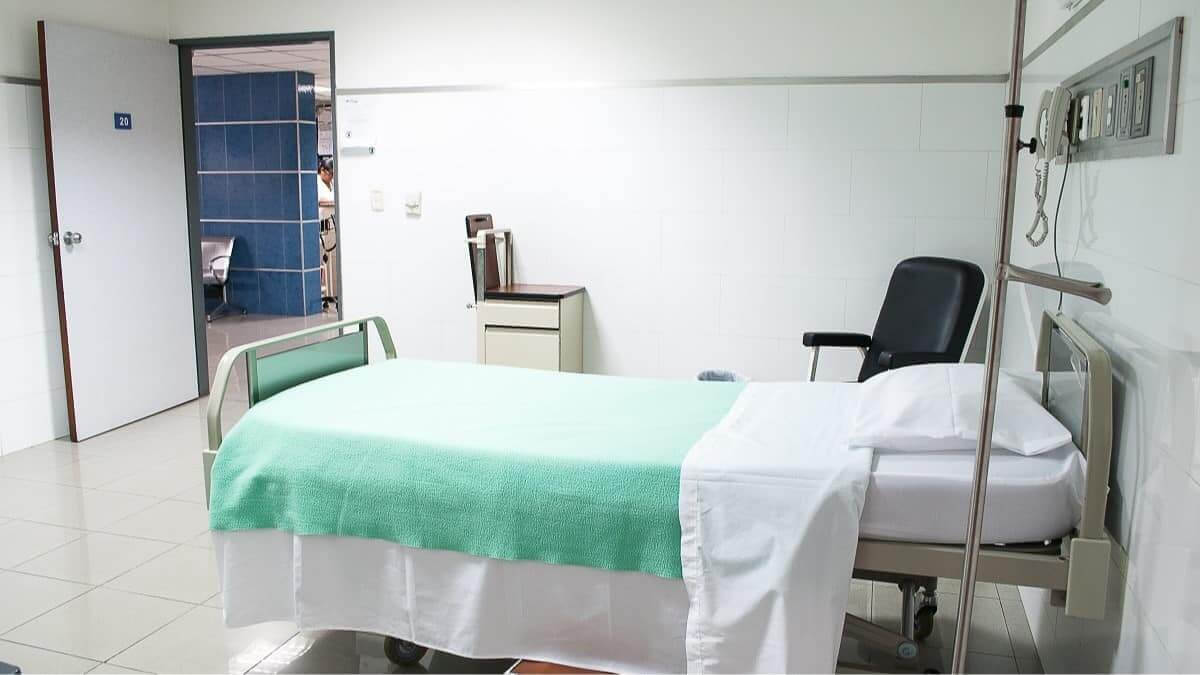Home>Furniture>Bedroom Furniture>How To Make A Hospital Bed More Comfortable
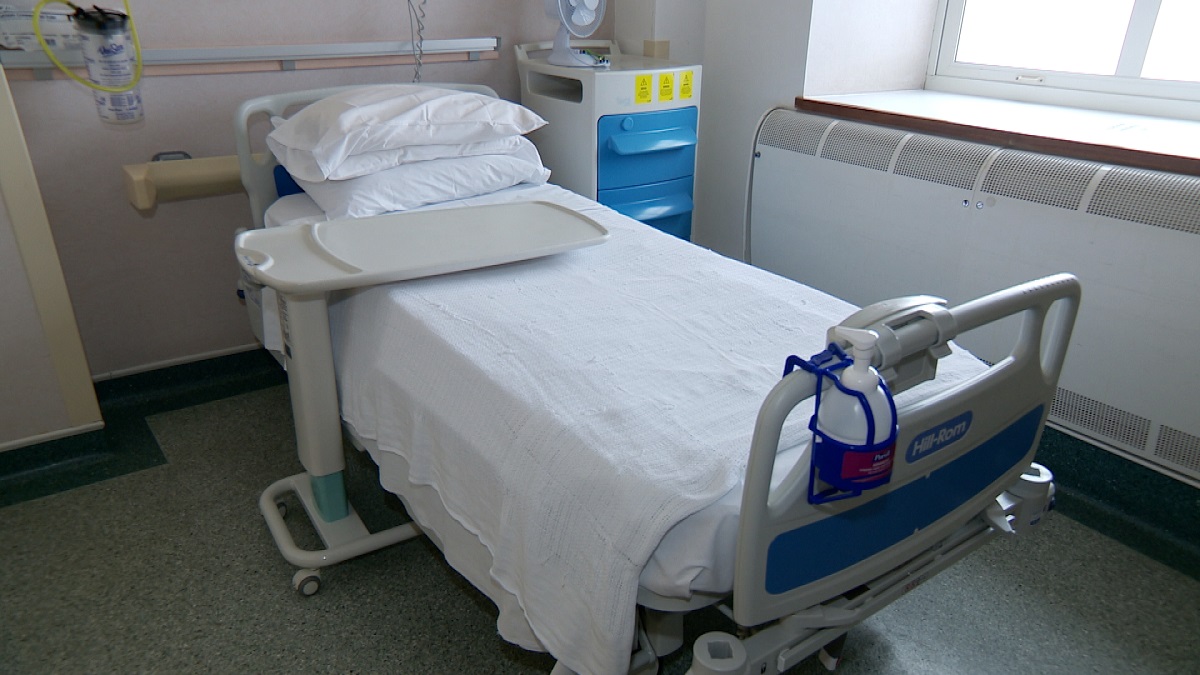

Bedroom Furniture
How To Make A Hospital Bed More Comfortable
Modified: October 20, 2024
Discover practical tips on how to transform your hospital bed into a comfortable sanctuary. Enhance your bedroom furniture for a soothing and restful atmosphere.
(Many of the links in this article redirect to a specific reviewed product. Your purchase of these products through affiliate links helps to generate commission for Storables.com, at no extra cost. Learn more)
Introduction
Welcome to our guide on how to make a hospital bed more comfortable. Whether you or a loved one are recovering from an illness or injury or are in a long-term care facility, it’s important to prioritize comfort and well-being during the healing process. Hospital beds are designed for functionality rather than comfort, but with a few simple adjustments and additions, you can transform your hospital bed into a cozy and inviting space.
When it comes to making a hospital bed more comfortable, there are several factors to consider. From choosing the right mattress to adding pillows and using soft bedding, we will explore various methods to enhance the comfort level of a hospital bed. Additionally, we will discuss how to create a soothing atmosphere and maintain cleanliness for a fresh and pleasant environment. So let’s dive in and discover how to make your hospital bed a haven of comfort.
Key Takeaways:
- Prioritize comfort in a hospital bed by choosing the right mattress, adding a mattress topper, using pillows strategically, and adjusting the bed frame for optimal support and relaxation during the healing process.
- Create a soothing and inviting environment in a hospital bed by adding soft bedding, managing noise and light levels, and maintaining cleanliness and freshness to promote better sleep quality and overall well-being.
Read more: How To Make Your Bed More Comfortable
Choosing the Right Mattress
One of the first steps to make a hospital bed more comfortable is choosing the right mattress. Hospital beds typically come with standard mattresses that prioritize support and durability over comfort. However, investing in a high-quality mattress can greatly improve your overall comfort and sleep quality.
When selecting a mattress for a hospital bed, consider factors such as firmness level, support, and pressure relief. Opt for a mattress with medium firmness that provides a balance between support and comfort. This will help prevent any undue pressure on your body and ensure a restful sleep.
Memory foam mattresses are a popular choice as they contour to your body, relieving pressure points and promoting proper spinal alignment. They also absorb motion, making them suitable for couples or those who share a bed with a caregiver.
If you prefer a traditional mattress, look for one with pocketed coils or individually wrapped springs. These provide excellent support and minimize motion transfer, allowing for an undisturbed sleep. Additionally, consider choosing a mattress with breathable materials to promote airflow and regulate body temperature.
It’s important to note that some hospital beds may have specific mattress size requirements. Be sure to check the dimensions of the bed and purchase a mattress that fits properly. If you’re unsure, consult the manufacturer’s guidelines or speak with a healthcare professional for recommendations.
Lastly, don’t forget to protect your mattress with a waterproof and hypoallergenic mattress cover. This will help to prevent any accidents or spills from damaging the mattress while providing a hygienic barrier against allergens and dust mites.
By selecting the right mattress for your hospital bed, you’ll significantly enhance your comfort level, improve sleep quality, and aid in the healing process.
Adding a Mattress Topper
In addition to choosing the right mattress, adding a mattress topper can further enhance the comfort of a hospital bed. A mattress topper is a thick layer of padding that sits on top of the mattress, providing an extra level of cushioning and support.
When selecting a mattress topper for a hospital bed, consider your specific comfort needs. If you prefer a plush and soft feel, opt for a memory foam topper. Memory foam molds to your body shape, relieving pressure points and reducing the risk of bedsores. It also absorbs motion, making it ideal for individuals who share a bed with a caregiver.
If you prefer a cooler sleep surface, consider a gel-infused or ventilated mattress topper. These toppers are designed to regulate body temperature and prevent overheating during the night. The gel-infused toppers provide a cooling effect, while ventilated toppers allow for increased airflow, ensuring a fresh and comfortable sleep environment.
If you require extra support for your back or joints, a latex mattress topper might be the best option. Latex provides excellent support and helps to align the spine, promoting proper posture and relieving pain and discomfort.
Before purchasing a mattress topper, measure the dimensions of your hospital bed and ensure that the topper will fit. Additionally, check the thickness of the mattress topper to ensure it will not interfere with the functionality of the bed, such as adjustable features.
Once you’ve selected the right mattress topper, simply place it on top of the mattress and secure it with fitted sheets. The added layer of padding will provide extra comfort and support, helping you to achieve a restful and rejuvenating sleep.
Using Pillows for Added Comfort
Pillows are a versatile and essential addition when it comes to making a hospital bed more comfortable. They not only provide support but also allow you to adjust your body positioning for optimal comfort and pressure relief.
Start by using a pillow to support your head and neck. Choose a pillow that matches your preferred sleeping position – whether you sleep on your back, side, or stomach. This will help maintain proper spinal alignment and prevent any discomfort or strain on your neck.
In addition to the standard pillow for your head, consider using additional pillows to support other areas of your body. For example, if you are experiencing back pain or discomfort, place a pillow under your lower back for extra support. If you’re a side sleeper, you can also tuck a pillow between your knees to align your spine and reduce pressure on your hips.
If you spend a lot of time sitting up in bed, such as when reading or watching TV, a wedge pillow can be a great investment. A wedge pillow provides support to your upper body, allowing you to sit up comfortably while reducing strain on your back and neck.
Furthermore, pillows can be used to elevate your legs to alleviate swelling or improve circulation. Placing a pillow under your legs can help reduce pressure on your lower back and promote better blood flow.
Remember to regularly fluff and adjust your pillows to maintain their shape and support. You may also consider using hypoallergenic pillow covers to protect against allergens and dust mites.
Experiment with different pillow combinations and positions until you find the most comfortable setup for your hospital bed. Pillows can make a significant difference in enhancing your overall comfort and promoting a good night’s sleep.
Adjusting the Bed Frame
Another key aspect of making a hospital bed more comfortable is adjusting the bed frame to suit your individual needs. Most hospital beds come with various adjustable features that allow you to customize your bed for optimal comfort and support.
Firstly, make use of the bed’s height adjustment feature. Lowering the bed to a level that is easy for you to get in and out of will prevent any unnecessary strain or discomfort. Additionally, if you spend a lot of time in bed, raising the height to a comfortable sitting position can make reading, eating, or engaging in other activities more enjoyable.
Next, take advantage of the bed’s backrest adjustment. This feature enables you to find the perfect angle for sitting up in bed. Whether you’re watching television, working on a laptop, or just relaxing, finding the right incline will provide support to your spine and prevent any discomfort in your back or neck.
Furthermore, many hospital beds have a knee break feature that allows you to adjust the position of your knees. Elevating your knees slightly can help relieve pressure on your lower back and promote better circulation. This adjustment can be especially beneficial for individuals with conditions such as arthritis or edema.
Don’t forget to familiarize yourself with the bed’s side rail adjustment options. Ensuring that the side rails are at the appropriate height and securely locked in place will provide peace of mind and prevent any accidental falls or injuries.
If you require assistance with adjusting the bed frame settings, consult the instruction manual or ask a healthcare professional for guidance. They will be able to show you how to safely operate and adjust the bed’s features to suit your needs.
By maximizing the adjustable features of the bed frame, you can customize your position for optimal comfort, support, and functionality, making your hospital bed feel more like a personal sanctuary.
Invest in a good quality mattress topper to add extra cushioning and support to the hospital bed, making it more comfortable for the patient.
Read more: How To Make A Sofa Bed More Comfortable
Adding Soft Bedding
When it comes to making a hospital bed more comfortable, the type and quality of bedding play a significant role. Adding soft and cozy bedding not only enhances comfort but also creates a warm and inviting atmosphere in your hospital room. Here are some tips to consider:
Start with a soft and breathable fitted sheet. Choose sheets made from natural fibers such as cotton or bamboo, as they are gentle on the skin and promote airflow. Additionally, opt for sheets with a high thread count for a smoother and more luxurious feel.
Add a comfortable mattress pad or protector for an extra layer of cushioning. Look for a pad made of hypoallergenic materials that offer both softness and protection. This will help to prolong the life of your mattress while providing an additional level of comfort.
Next, choose a cozy blanket or comforter that provides warmth and adds a touch of luxury to your bed. Opt for a lightweight yet insulating material, such as fleece or microfiber, to keep you comfortable without feeling overheated. Consider investing in a duvet cover that matches your room’s decor and can be easily washed and changed as needed.
Pillows also play a vital role in adding comfort to your hospital bed. Choose pillows that are soft, supportive, and hypoallergenic. Consider using different types of pillows to customize your comfort, such as memory foam pillows for neck support and softer pillows for additional cushioning.
Lastly, don’t forget to incorporate soft and cozy bedding accessories such as throws and decorative pillows. Not only do these add visual appeal to your bed, but they also provide extra comfort and a sense of personalization to your space.
Regularly wash and clean your bedding to maintain freshness and hygiene. Follow the manufacturer’s instructions for proper care and consider using a fabric spray or deodorizer to keep your bedding smelling fresh between washes.
By adding soft and comfortable bedding to your hospital bed, you’ll create a soothing and inviting environment that promotes relaxation and a restful night’s sleep.
Creating a Cozy Atmosphere
In addition to the physical comfort, creating a cozy atmosphere in your hospital room can greatly contribute to your overall well-being and sense of comfort. Here are some tips to transform your hospital bed into a warm and inviting space:
Soft lighting can instantly create a cozy ambiance. Consider using a dimmable bedside lamp or string lights to provide gentle and soothing illumination. Avoid harsh, bright lights that can disrupt your sleep and make the space feel clinical.
Add a touch of warmth and comfort with decorative elements. Personalize your hospital bed with items that bring you joy, such as framed photos, artwork, or sentimental objects. These small touches can make a big difference in creating a homely and comforting atmosphere.
Introduce calming scents to promote relaxation. Use a diffuser or scented candles with soothing essential oils like lavender or chamomile. These scents have been known to reduce stress and promote better sleep.
Consider incorporating sound therapy to create a serene environment. Use a white noise machine or play calming nature sounds or soft music to mask any disruptive noises and promote a peaceful atmosphere. Alternatively, you can listen to your favorite audiobooks or podcasts to help pass the time and provide entertainment.
Make use of cozy textiles to add warmth and texture to your bed. Layer your bed with soft blankets, throws, and cushions that invite you to snuggle up and relax. Opt for materials like fleece, velvet, or faux fur for an extra touch of luxury.
Keep your bedside essentials within reach. Place a bedside table or organizer next to your bed to store items like books, water, tissues, or a small notepad. Having these necessities close by will make your stay more convenient and comfortable.
Consider the overall color palette of your room. Soothing, warm tones like pastels or earthy shades can create a calming and inviting atmosphere. Avoid bright, stimulating colors that may hinder relaxation.
Remember to keep your space clean and clutter-free. A tidy environment promotes a sense of calm and makes it easier to relax and unwind. Regularly declutter and organize your belongings to maintain a serene and tranquil atmosphere.
By implementing these tips, you can transform your hospital bed into a cozy and inviting sanctuary that promotes relaxation, restful sleep, and a positive healing environment.
Managing Noise and Light Levels
When it comes to creating a comfortable environment in a hospital bed, managing noise and light levels is essential. Both excessive noise and bright lights can disrupt sleep and hinder relaxation. Here are some tips to help you manage noise and light levels:
Use blackout curtains or blinds to block out external light sources. These can help create a dark and tranquil atmosphere, especially during daytime rest periods or when you need to sleep. If blackout curtains are not available, consider using an eye mask to keep the room dark.
Minimize noise disturbances by using noise-cancelling earbuds or headphones. These can help block out noisy hospital sounds or disturbances from the surrounding environment. Listening to soothing music or white noise can also help in masking unwanted sounds and promoting relaxation.
If the noise levels in the hospital room are too high, consider asking the staff for assistance. They may be able to provide earplugs or suggest a quieter area of the facility, if possible. Open communication with the healthcare providers can help address any concerns regarding noise levels.
Consider using a white noise machine or a smartphone app that plays ambient sounds like rain, ocean waves, or gentle breezes. These soothing sounds can help mask disruptive noises and create a peaceful environment conducive to rest and relaxation.
Request a private room if available. Private rooms typically have fewer noise disturbances and offer more control over the environment, including light levels. Having your own space can significantly enhance your comfort and promote better rest.
During daytime hours, take advantage of natural light. Open the curtains or blinds to let in the sunlight, which can help regulate your sleep-wake cycle and contribute to a positive mood. Just be mindful of any direct glare that may cause discomfort or disturb your sleep.
Communicate your preferences and needs to the healthcare staff. They can assist with adjusting lighting levels in your room or provide accommodations to reduce noise. Tailoring the environment to your preferences can greatly enhance your comfort and help with the healing process.
By managing noise and light levels, you can create a calm and peaceful environment in your hospital bed, promoting better sleep, relaxation, and overall comfort.
Maintaining Cleanliness and Freshness
Maintaining cleanliness and freshness in your hospital bed is crucial for both your comfort and overall well-being. Here are some tips to help you keep your bed clean and fresh:
Change your bedding regularly. Regularly wash and replace your sheets, pillowcases, and blankets to ensure cleanliness. Aim to change your bed linens at least once a week or as needed, especially if there are spills or accidents.
Invest in waterproof mattress protectors. Waterproof mattress protectors create a barrier between your body and the mattress, preventing any liquids, stains, or odors from seeping through. This not only helps in maintaining cleanliness but also extends the lifespan of your mattress.
Vacuum and wipe down the mattress regularly. Use a handheld vacuum or a vacuum cleaner with an upholstery attachment to remove any dust, debris, or allergens from the surface of the mattress. Additionally, wipe down the mattress with a mild cleaning solution to remove any stains or spills.
Air out your mattress regularly. Open the windows or use a fan to circulate fresh air in your room. Allowing fresh air to flow through your space can help reduce odors and create a fresher environment.
Use fabric fresheners or deodorizers. Spritz your bedding and mattress with a fabric freshener or lightly sprinkle baking soda on the mattress to neutralize any odors. Let it sit for a few hours before vacuuming it off.
Keep personal hygiene a priority. Maintaining personal hygiene, such as regular showers, clean clothing, and washing your hands regularly, helps in keeping your bed clean and fresh. It reduces the transfer of dirt, sweat, and oils onto your bedding.
Keep your bedside table organized and clutter-free. Having a tidy space will make it easier to clean and maintain cleanliness in your immediate surroundings. Regularly wipe down surfaces and remove any unnecessary items.
Address spills and stains promptly. Accidents happen, so be proactive in addressing spills or stains on your bedding or mattress. Blot the affected area with a clean cloth and use mild soap or stain-removing solution to clean the spot. Prompt attention helps prevent stains from setting in and promotes cleanliness.
Follow any specific cleaning guidelines provided by the healthcare facility. It’s essential to adhere to any specific cleaning instructions or protocols provided by the healthcare staff. They may have additional guidelines to ensure a clean and hygienic environment.
By maintaining cleanliness and freshness in your hospital bed, you’ll create a more comfortable and pleasant space, promoting better sleep quality and overall well-being.
Read more: How To Make An Office Chair More Comfortable
Conclusion
Transforming a hospital bed into a comfortable and inviting space is essential for promoting comfort, relaxation, and overall well-being during your recovery or stay. By considering factors such as choosing the right mattress, adding a mattress topper, using pillows for added comfort, adjusting the bed frame, adding soft bedding, creating a cozy atmosphere, managing noise and light levels, and maintaining cleanliness and freshness, you can significantly enhance your comfort and experience within the hospital bed.
Choosing the right mattress and mattress topper tailored to your needs can provide optimal support and pressure relief. Additionally, using pillows strategically can offer extra comfort and support for different areas of your body. Adjusting the bed frame to your desired height and position will ensure maximum comfort and functionality. Adding soft and cozy bedding, creating a cozy atmosphere, and managing noise and light levels contribute to a calm and pleasant environment that promotes relaxation and restful sleep.
Maintaining cleanliness and freshness in your hospital bed is crucial for your comfort and hygiene. Regularly changing and laundering bedding, using waterproof mattress protectors, vacuuming and airing out the mattress, and practicing good personal hygiene are essential steps to keep your bed clean and fresh.
By incorporating these strategies and making these small adjustments, you can create a personalized and comfortable space within a hospital bed. This will not only enhance your physical comfort but also contribute to your mental well-being, making your healing process more comfortable and enjoyable.
Remember to consult with healthcare professionals, follow any guidelines provided by the facility, and make adjustments that suit your specific needs and preferences. By focusing on your comfort and well-being, you can optimize your stay in a hospital bed and promote a positive healing journey.
Frequently Asked Questions about How To Make A Hospital Bed More Comfortable
Was this page helpful?
At Storables.com, we guarantee accurate and reliable information. Our content, validated by Expert Board Contributors, is crafted following stringent Editorial Policies. We're committed to providing you with well-researched, expert-backed insights for all your informational needs.
